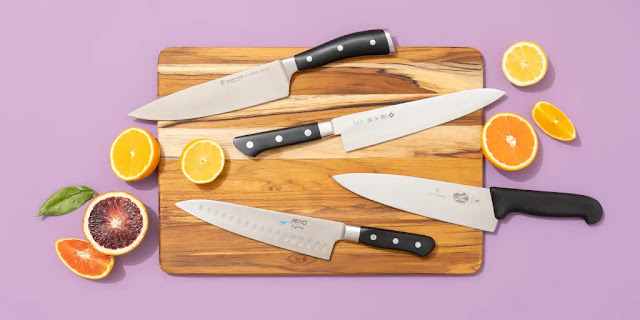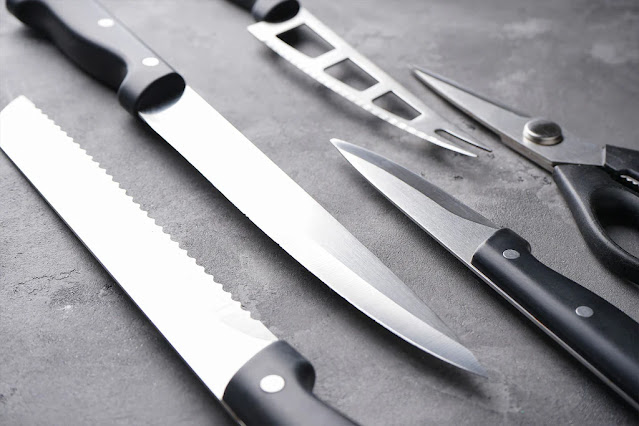Things to Consider When Buying a Kitchen Chef Knife
Are you a newbie to the chef profession and wondering how to choose the best chef knife? Fret not, as we’ve got you covered here! Well, according to experts, there are several factors to consider while buying your new chef knife.
For example, you must notice or take care of the chef's blade, balance, weight, blade length, and other factors. You must also consider the cooking style for which you are going to buy your chef knife.
The knife is the simpler item in utensils that every kitchen has as necessary equipment. When we look deeper, we can say that a kitchen can never be completed without a knife.
Whether you are a pro chef or just about to start diving into the field, the first thing to choose is your knife. This comprehensive guide will let you know what you should look for in your chef knife. So, let’s begin to complete your basic chef training here!
What to look for in a chef knife?
Experts suggest considering the following components for a knife to get a wonderful cooking experience as a pro chef:
Blade material
The blade is the basic and essential component of a chef's knife. There are several blade varieties available for a chef knife. For example, you can find a chef knife designed with a stainless steel blade, high-carbon steel blade, titanium blade, and ceramic blade.
Stainless steel is a common household material or item. It is considered a relatively inexpensive material and is rust-resistant. High-carbon steel is more expensive than stainless steel. These blades are robust and maintain their edges.
Titanium blades are sharp, light in weight, and comfortable to use. The last one - the ceramic blade can maintain its sharpness for a long time compared to other blades or materials. This blade is considered the ideal option for a chef knife.
Knife weight
Chefs like to use both types of knives, heavy knives and lighter knives, depending upon their use. For example, heavy knives are ideal options for chefs who need to cut or break hard vegetables, dense meat, or poultry bones.
On the other hand, chefs who need to chop more brittle ingredients, take lighter chef knives as their ideal tool. So, you must invest in the kitchen chef knives that you find more comfortable while performing your cooking tasks.
Knife balance
A knife balance depends upon the knife holder. However, manufacturers also play a vital role in balancing a chef's knife. You must choose the knife that you feel comfortable while gripping and cutting the items.
To know if a knife is suitable for you, you must take a try of it before purchasing it. Choosing a well-balanced knife reduces fatigue during prolonged use of it.
Edge type
Kitchen chef knives are also different based on their edge type. For example, they are available in serrated edge, Granton edge, and straight edge.
If you need to cut tough materials, a serrated edge is ideal. On the other hand, Granton edge reduces friction and sticks on food. Moreover, a straight edge is the best option for slicing and push-cutting.
Blade sharpness
Experts suggest that chefs must always look for a blade that can easily be sharpened because a sharp knife is more efficient and safer than other types. The point of sharpness for a chef knife also depends upon the nature of the work done by chefs.
Blade length
There are different sizes of chef's knife blades. For example, the DSKK kitchen chef knife set is comprised of five different knives. Their blade lengths and grips are different and they help specifically for the particular tasks for which they are designed. First, you need to know the nature of your work and you should go for a blade length.
Buy your perfect chef blade today!
The given guide may help you a lot in finding the right kitchen chef knife for you. Actually, the main thing to consider is your comfort level and budget under which you can afford a chef knife. If you have decided on these major factors, only then you should look for other features. The above-discussed features are enough to evaluate the right selection for your next chef knife.


Comments
Post a Comment